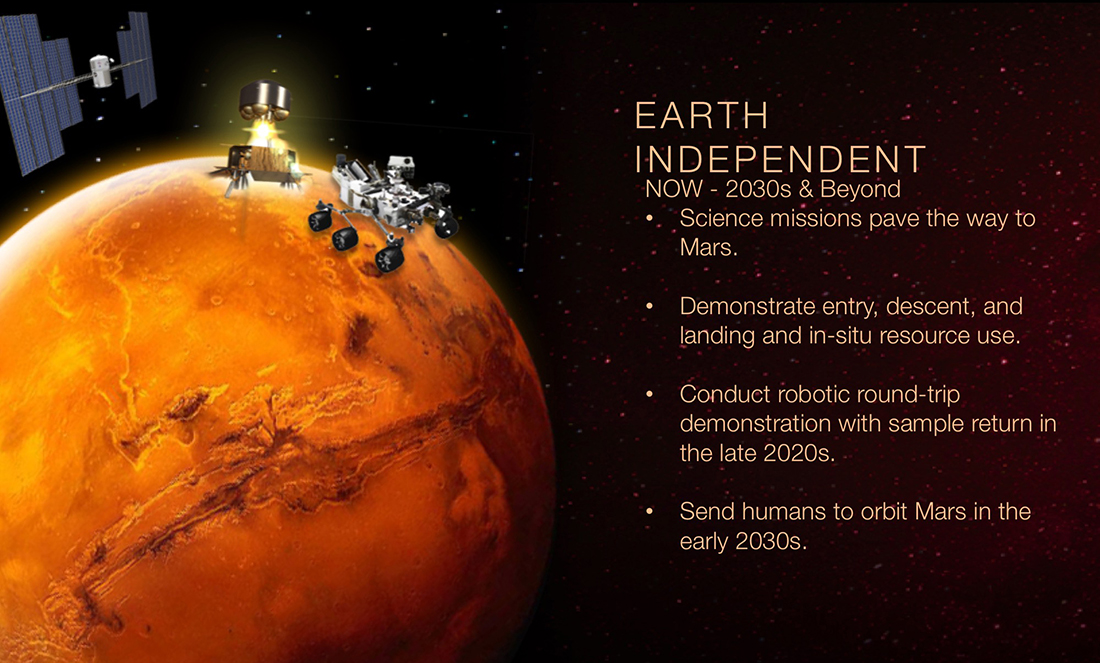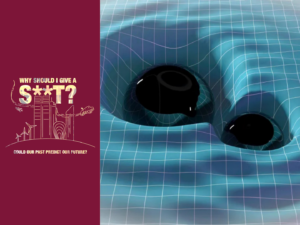A computer analytics platform designed to keep an eye on the health of newborn babies is on its way into space.
Called Artemis, the platform is named after the Greek goddess of childbearing. It’s used in hospitals to check the physical stress of babies adapting to life outside the womb.
Now it’s using similar methods to monitor how astronauts adapt to zero gravity.
Astronauts’ health has always been tracked, but stats like heart rate and temperature were once recorded manually. Artemis collects, analyses and stores this information in a continuous stream of big data.
What happens to our hearts in space?
Dr Carolyn McGregor is from the University of Ontario Institute of Technology. She started developing the technology behind Artemis almost 20 years ago.
Working with the Russian Institute for Biomedical Problems, her research is now focusing on monitoring the health of astronauts on the International Space Station.
If all goes well, NASA will use the technology in its proposed 2030 Mission to Mars.
“One of the most important objectives of space medicine is estimating the risk of disease developing,” Carolyn says.
“We can do this by monitoring how the body adapts to its new environment.”
Being in space isn’t easy, even for healthy people. The different conditions can affect the way the body functions, placing stress on the heart.
Looking at the way the astronaut’s heart functions, Artemis can take up to 1000 readings a second—that’s 86.4 million readings a day per person.
“An astronaut’s body changes while in space because of the difference in gravity,” Carolyn says. “Astronauts are also at risk of radiation exposure.”

Big data gets even bigger
Artemis will run through an onboard computer on the spacecraft, giving real-time stats on the astronaut’s health.
“Artemis analyses every piece of data generated even before it stores the data,” Carolyn says.
This equals around 1200 datapoints per second, per person. That’s equivalent to roughly 600MB of data a day.
To put it into perspective, that’s about the same amount of data as a 1-hour high-quality Skype transmission or a full-length feature movie. But it has the potential for more.
“With our cloud-based approach, we can just keep adding storage,” Carolyn says.
Until it’s time for the 2030 Mission to Mars, testing will be carried out on Earth with athletes and people experiencing chronic stress.
“It’s been fascinating to see the diverse potential uses of these techniques,” Carolyn says.









